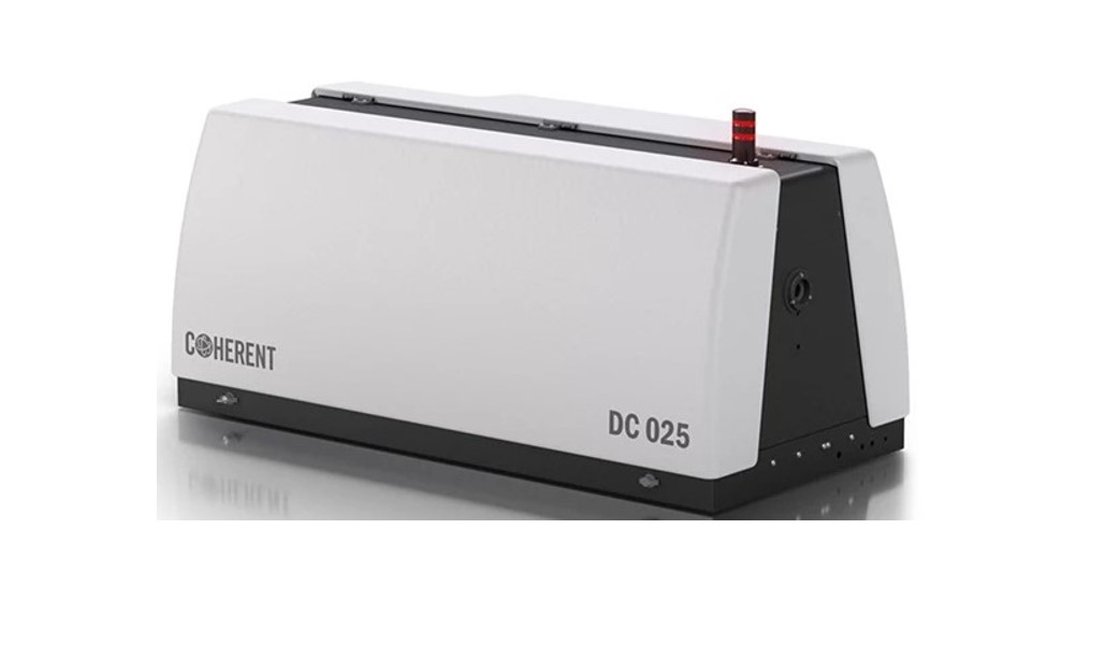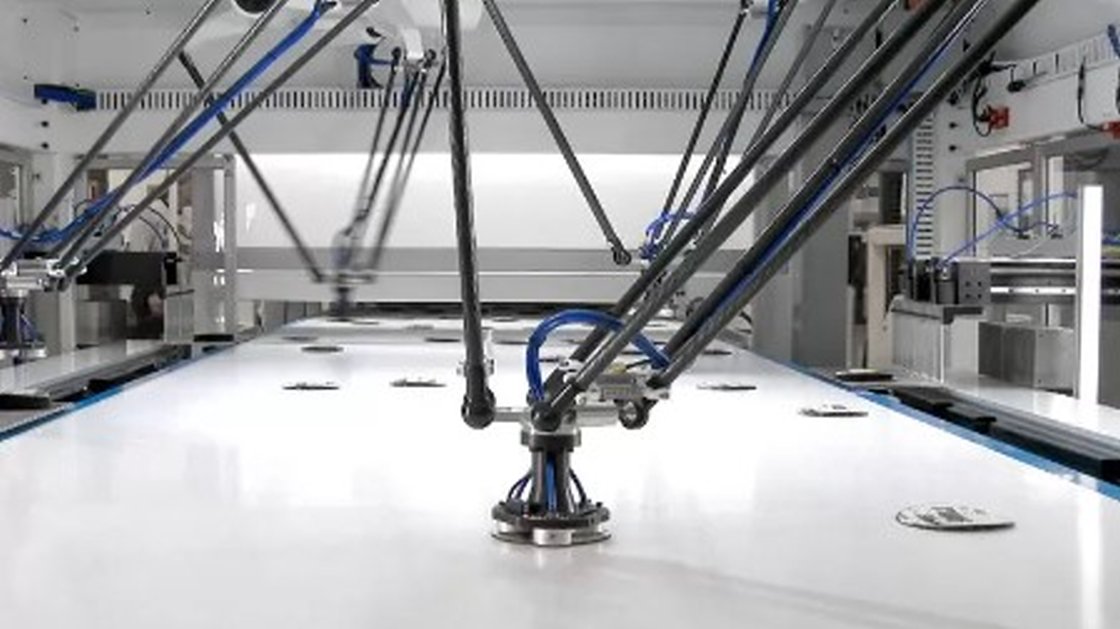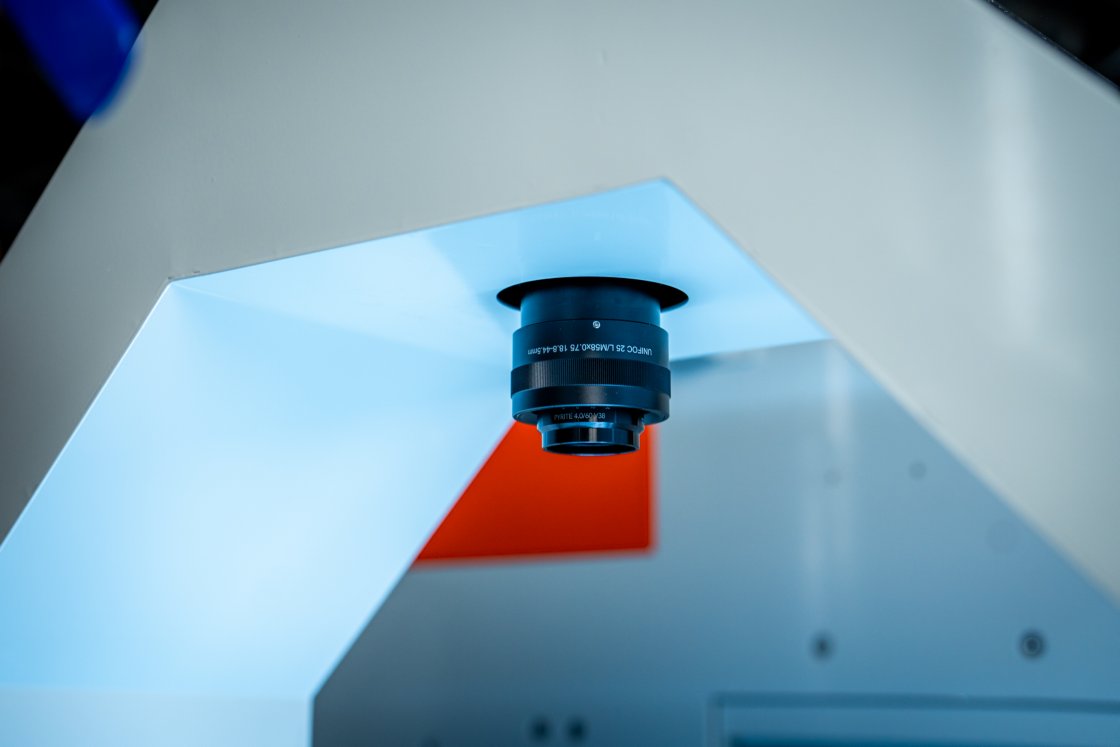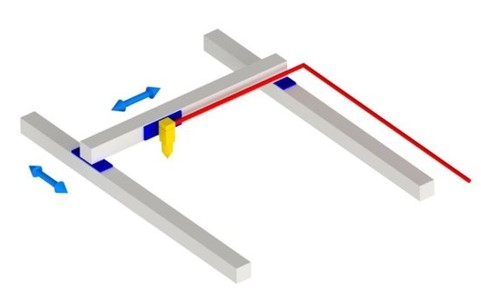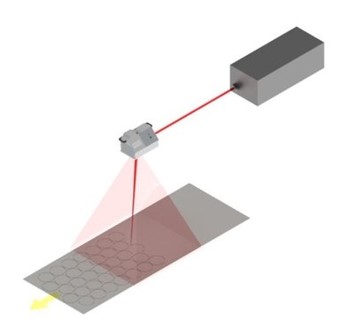Technologies
Zenna's powerful combination of technologies once again highlights its innovative DNA. The integration of three distinct technologies into one unified laser system makes the ZocuPRO software platform a success. Zenna seamlessly combines lasers, robots, and the integration of camera systems into a user-friendly and easy-to-use software package.
Laser Beam Manipulation
The manipulation of the laser beam can be achieved through two methods: using a scanner with rotational positioning or through axial positioning.Zenna employs both positioning techniques, depending on the application and customer requirements. Whether you are aiming for sublime precision with axial positioning or higher production speed with rotational positioning, our expertise is at your disposal. However, over the past decade, Zenna has specialized in complex scanning applications and has become a leading integrator of scanners, often in conjunction with robot product handling and visual material qualification.
Axial Positioning with Nozzle
Our advanced industrial laser cutting machines offer two approaches to laser beam manipulation: axial positioning with a nozzle. This process is characterized by precise control over the laser beam using an XY system.
Rotational Positioning with Scanner
An alternative approach that we offer utilizes rotational positioning with a scanner. This method employs advanced mirror technology for efficient movement of the laser beam across the work surface.
Combined Use for Optimal Flexibility
By combining both methods, the best of both worlds can be leveraged. For instance, utilizing a scanner for rapid contours and a nozzle for detailed finishing. This results in a laser machine where two integrated laser stages are employed. The first stage incorporates a laser with a scanner, while the second stage features a laser with a nozzle.
